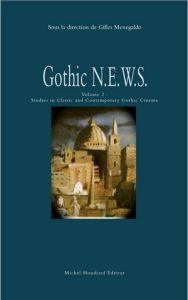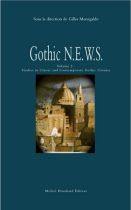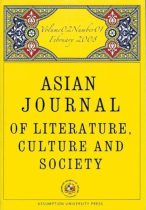2011
 Contemporary Asian horror films seem to be particularly fond of resorting to various techniques of visual recording. This paper focuses in more detail on two such relatively recent films: a Hong Kong production Abnormal Beauty (2004), directed/produced by Oxide and Danny Pang and a Thai film Shutter (2004), directed by Banjong Pisanthanakun and Parkpoom Wongpoom, both of which feature professional photographers as main protagonists and resort consequently to the notion of photography as a key concept for the narrative structure and the films’ visual organisation. The paper will examine the ways the two films exploit photography’s specific relation to death and the afterlife, raising the question whether the theoretical discourse of photography can potentially “westernise” the narrative technique of an Asian film.
Contemporary Asian horror films seem to be particularly fond of resorting to various techniques of visual recording. This paper focuses in more detail on two such relatively recent films: a Hong Kong production Abnormal Beauty (2004), directed/produced by Oxide and Danny Pang and a Thai film Shutter (2004), directed by Banjong Pisanthanakun and Parkpoom Wongpoom, both of which feature professional photographers as main protagonists and resort consequently to the notion of photography as a key concept for the narrative structure and the films’ visual organisation. The paper will examine the ways the two films exploit photography’s specific relation to death and the afterlife, raising the question whether the theoretical discourse of photography can potentially “westernise” the narrative technique of an Asian film.



 This paper examines the notion of spiritual technologies, understood in a twofold manner. On the one hand, based on an analysis of a number of contemporary East Asian and South East Asian horror films, the discussion will focus on the ways modern technologies, particularly visual and media technologies, have contributed to a shift in understanding the concept of the ghost. On the other hand, this paper will focus in more detail on the case of Thai horror cinema, where ghosts have become a narrative technique and ghost stories seem to have contributed to the development of cinematic technologies in general.
This paper examines the notion of spiritual technologies, understood in a twofold manner. On the one hand, based on an analysis of a number of contemporary East Asian and South East Asian horror films, the discussion will focus on the ways modern technologies, particularly visual and media technologies, have contributed to a shift in understanding the concept of the ghost. On the other hand, this paper will focus in more detail on the case of Thai horror cinema, where ghosts have become a narrative technique and ghost stories seem to have contributed to the development of cinematic technologies in general.